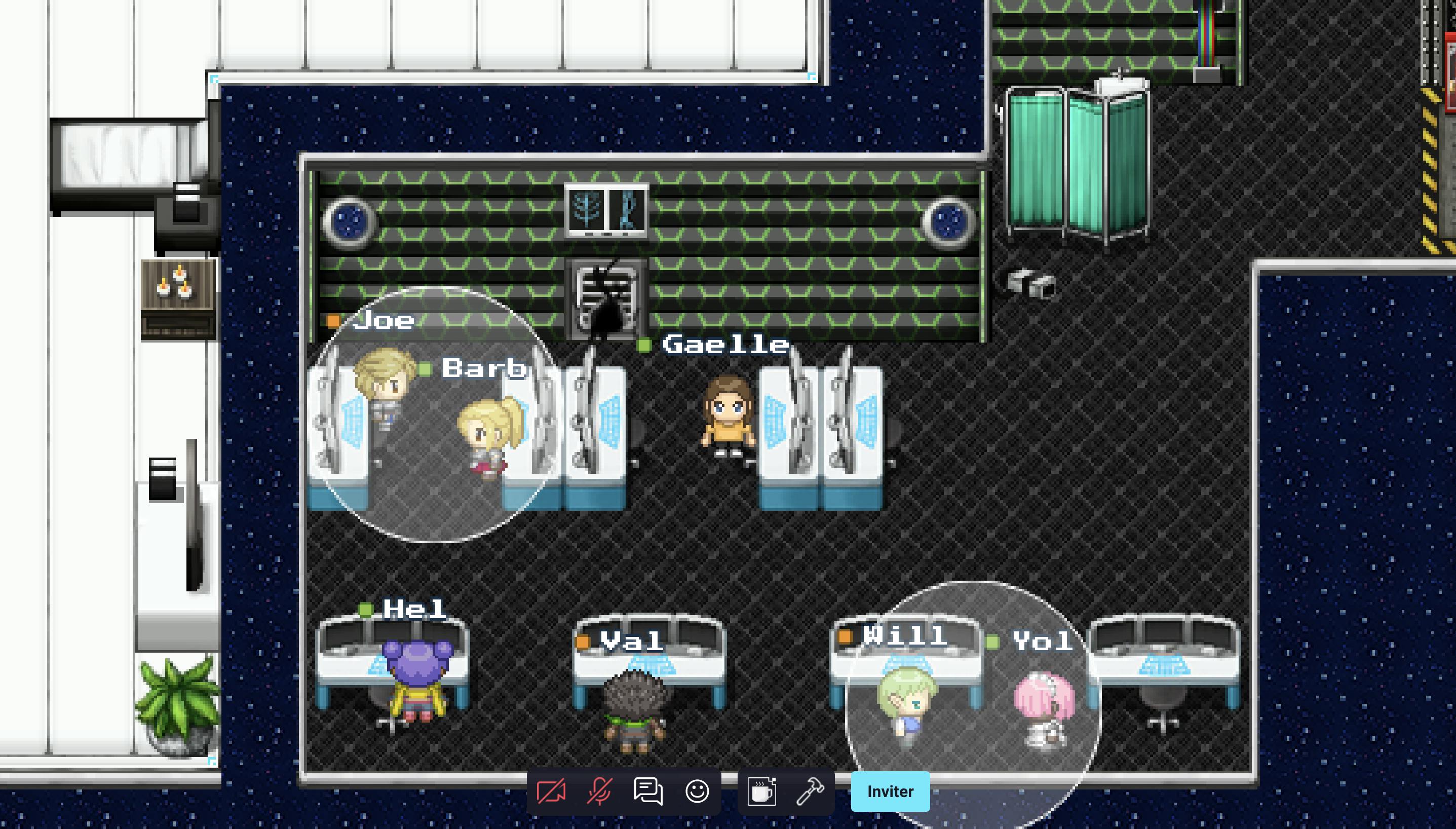🤺 The dos and don'ts of remote work communication

Summary
1. Do's of remote team communication
2. Be proactive and trust employees
3. Encourage employee involvement and motivation
4. Organize individual meetings with remote workers
5. Provide technical support to your remote team
6. Don'ts of remote team communication
7. Overcommunication and micromanagement
9. Assumptions in remote team communication
10. Stay efficient in your remote work communication with WorkAdventure
When we are in the office, the question does not arise. Communication, in all its forms, from the coffee machine to the meeting room, is natural and intrinsic to office life. In remote work, on the other hand, it is not as simple. Maintaining communication, teamwork and therefore collaboration is a real challenge.
In this article, we will see the dos and don'ts to communicate well remotely and keep in touch with your teams!
Do's of remote team communication
1. Be proactive and trust employees
Communication is key to building relationships, trust and respect, and helping a remote employee be happy at work. Managers who conduct spot checks can induce anxiety in their employees and be seen as micromanagers. Managers who schedule a routine tune-up or agree to work with employees on a document-sharing platform may fare better.
2. Encourage employee involvement and motivation
Effective remote work communication must ensure the proper flow of information between the different actors of the company. This transparency allows everyone to better understand the values and objectives of the company in order to better understand its missions and their objectives, and to give meaning to the work. By acting on the involvement and motivation of employees, communication then proves to be a powerful performance lever that increases loyalty and, consequently, lowers turnover.
3. Organize individual meetings with remote workers
To maximize the contributions of a remote team member, managers need to regularly and fully engage with their remote employees, especially if they are 100% remote. One-on-one contact with remote employees can take the form of lunch, coffees, or virtual office meetings, but it's important to maintain the relationship.
Do not hesitate to make spontaneous interactions your first choice. Not all meetings need to be scheduled. By having a virtual office, you facilitate those spontaneous conversations.
4. Provide technical support to your remote team
Employees working remotely still need access to IT and other technical support services. Make sure your organization has a system for resolving hardware, software, and other technical issues, so employees feel supported, and you can get the most out of your remote team communication efforts.
Don'ts of remote team communication
1. Overcommunication and micromanagement
Although working remotely requires an additional level of communication, do not inundate your colleagues with messages and information. This applies to managers who practise micromanagement and over-regulate remote communication.
If we can understand the need to know what employees are doing, to follow the progress of their tasks, we must nevertheless be careful not to constantly fall into this management of control which can, in the long term, inspire a feeling of mistrust.
2. Multichannel communication
Alerts, reminders, notifications, emails, chats: in remote work, information arrives from all sides. In the effort to give the necessary attention and importance to each one of them, employees can easily lose the thread of their work and their concentration. This can lead to a decrease in efficiency and productivity, decreases which can themselves have deleterious effects.
A good practice would be to centralise the maximum of work tools your employees will need. For example, a virtual office in WorkAdventure allows you to integrate a great number of your favorite work tools. This means that you will not have many apps opened at the same time anymore. It allows communication to become smoother.
3. Assumptions in remote team communication
Lack of interpersonal connections can handicap communication efforts, as you lose body language and other non-verbal cues. Make the most of written (or virtual) communication, and ask – rather than guess – when you need clarification.
Stay efficient in your remote work communication with WorkAdventure
Empower your employees to communicate effectively with a flexible platform designed to meet the needs of hybrid and remote teams. WorkAdventure gives you a virtual workspace to collaborate and interact spontaneously regardless of distance.
One platform to communicate, collaborate and manage work. Try WorkAdventure for free today!
